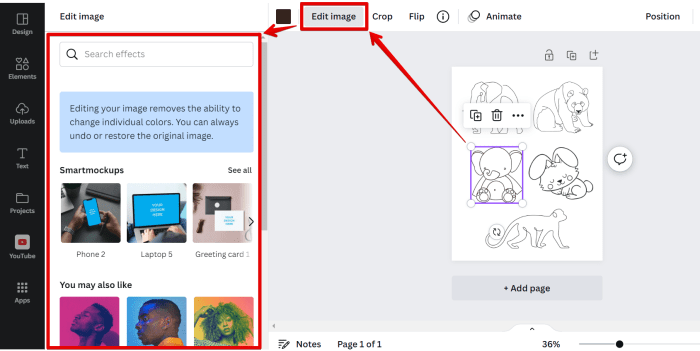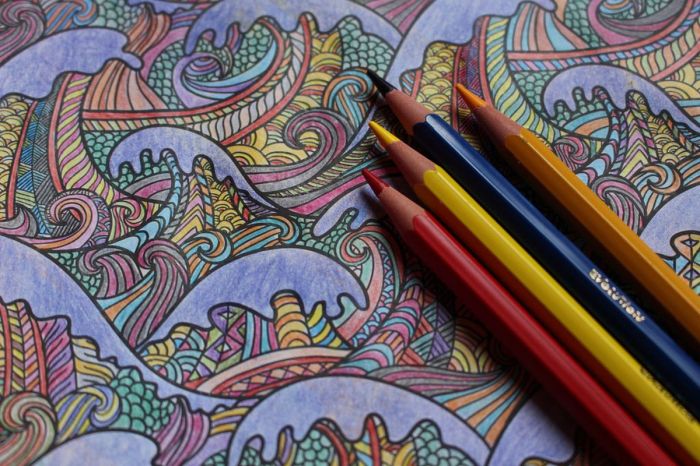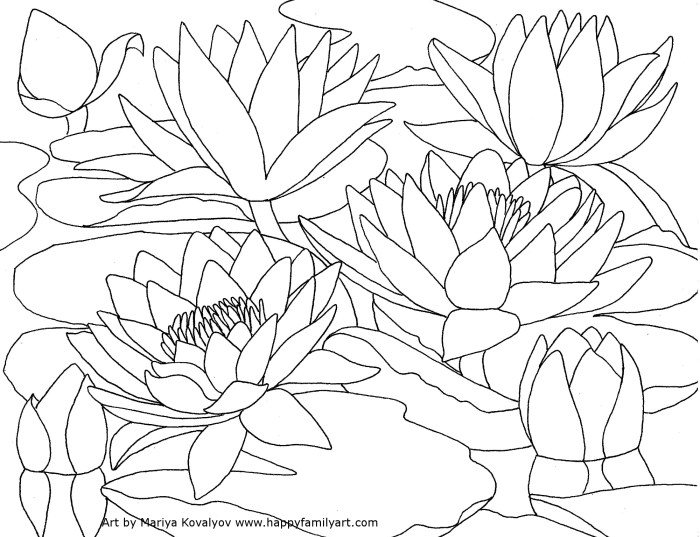Incorporating Images and Elements: Using Canva To Create A Coloring Book

Using canva to create a coloring book – Creating engaging coloring book pages in Canva involves skillfully integrating various images and elements. This process requires careful consideration of image sourcing, editing, and arrangement to achieve a visually appealing and age-appropriate result. Successfully blending original drawings with imported assets enhances the overall richness and variety of the coloring book.
Importing and Editing Images
Canva offers a straightforward process for importing images. Users can upload their own images directly from their computer or device. Alternatively, Canva’s extensive library provides access to a wide range of stock photos, illustrations, and graphics. Once an image is imported, resizing is easily accomplished by dragging the corner handles. Maintaining the image’s aspect ratio is crucial to prevent distortion.
Transparency adjustments can be made using the opacity slider, allowing for subtle blending or the creation of layered effects. For instance, you might reduce the opacity of a background image to allow a foreground element to stand out more prominently. Precise control over image placement and size is essential for creating balanced and visually pleasing coloring pages.
Finding Royalty-Free Images
Locating royalty-free images is critical for avoiding copyright infringement. Canva’s built-in image library contains many royalty-free options, clearly marked as such. Other reliable sources include websites specializing in free stock photos and illustrations, such as Unsplash and Pixabay. When using images from external sources, it’s always wise to review the license agreement to ensure that the intended use (creating and selling a coloring book) is permitted.
Remember to always properly attribute the image creator if required by the license.
Coloring Page Designs, Using canva to create a coloring book
Below are descriptions of three different coloring page designs, showcasing a mix of original drawings and imported images:
Design 1: Whimsical Forest Scene This page combines an original drawing of a friendly fox with imported images of trees and flowers. The fox is drawn in a simple, child-friendly style, with large, expressive eyes and a playful pose. The imported images of trees and flowers, sourced from a royalty-free website, are carefully resized and positioned to create a whimsical forest setting around the fox.
The overall style is bright and cheerful, aiming to engage younger children. The opacity of the imported images is slightly reduced to allow the fox drawing to remain the focal point.
Design 2: Geometric Animal Portraits This page features three geometric animal portraits, each created by combining an original geometric design with imported images of animals. For example, a lion’s mane could be represented by a series of overlapping circles and triangles, while the lion’s face is subtly incorporated as a partially transparent imported image. This approach requires careful layering and opacity adjustments to ensure the imported image complements the original geometric design rather than overpowering it.
The overall aesthetic is modern and sophisticated, suitable for older children or adults.
Design 3: Under the Sea Adventure This page incorporates an original drawing of a submarine with imported images of various sea creatures. The submarine is drawn in a detailed, slightly more complex style than the fox in Design 1, providing a greater challenge for older children. The imported images of sea creatures – fish, coral, and seaweed – are carefully chosen to create a vibrant underwater scene.
Some creatures are placed within the submarine’s windows, adding a playful touch. The color palette is predominantly blues and greens, reflecting the underwater setting. The overall composition aims to create a sense of depth and adventure.
Advanced Techniques and Features

Canva offers several advanced features that can significantly elevate your coloring book designs beyond simple Artikels. Mastering these techniques allows for the creation of more intricate and engaging pages, appealing to a wider range of coloring enthusiasts. This section will explore leveraging layers for complexity, the (limited) animation possibilities, and creating a sample design incorporating advanced features.
Effective layering is crucial for building detailed coloring pages in Canva. By strategically arranging elements on different layers, you can create depth, add intricate details without cluttering your workspace, and easily edit individual components. For example, you might place a base layer for the main image, a second layer for smaller details like patterns within the image, and a third layer for any text or embellishments.
This layered approach allows for non-destructive editing – changes to one layer won’t affect others.
Layer Management for Complex Coloring Pages
Canva’s layer panel allows you to arrange elements in a hierarchical order. Each element you add to your design sits on a separate layer. You can move layers up or down to control which elements appear on top, use the lock function to prevent accidental modifications, and duplicate layers to quickly create variations of elements. Consider a design featuring a detailed floral pattern within a larger illustration.
The floral pattern could reside on its own layer, allowing for independent adjustments to color and opacity without affecting the main illustration layer. This method simplifies the editing process and promotes a clean, organized workflow. Grouping layers can further streamline the process for managing complex elements.
Canva’s Animation Features (Limited Applicability)
While Canva primarily focuses on static design, limited animation capabilities exist through the use of animated elements or GIFs. These are not directly integrated into the coloring page design process, but can be added to the surrounding elements of your final digital product (e.g., the cover). For example, a short animated GIF on the cover page could subtly showcase the coloring book’s theme.
However, remember that adding animation to the coloring pages themselves might detract from the coloring experience. The focus should remain on providing a high-quality, printable coloring page.
Sample Coloring Page with Advanced Techniques
Imagine a coloring page featuring a majestic peacock. The base layer would contain the Artikel of the peacock’s body, feathers, and head. A second layer could contain intricate geometric patterns within the peacock’s feathers, created using Canva’s shape tools and duplicated multiple times. These patterns would utilize gradients – for example, a gradual shift from a dark blue to a lighter teal within the feather pattern – adding visual interest and depth.
A third layer could include smaller details like the peacock’s eye and beak, allowing for precise coloring without overlapping other elements. The final effect would be a vibrant and highly detailed coloring page, demonstrating the power of layered design and the use of gradients to enhance visual appeal. The gradients could be radial, linear, or angular, depending on the desired effect within the feather design.
Creating a coloring book using Canva offers a straightforward and efficient design process. For inspiration, you might check out examples like this fantastic fish coloring book page to see how detailed illustrations can be achieved. Returning to Canva, its user-friendly interface and diverse tools make it ideal for crafting pages with various themes, from simple shapes to intricate designs, ensuring a fun and creative coloring book experience.



